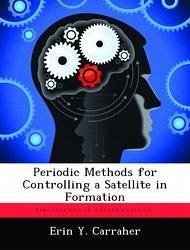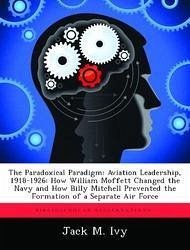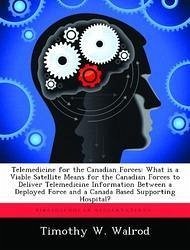Nicht lieferbar

Periodic Methods for Controlling a Satellite in Formation
Versandkostenfrei!
Nicht lieferbar
Precise position determination and control is necessary to accomplish proposed satellite formation flying missions of ground movement target indication and synthetic aperture radar. This thesis combines the estimation and control techniques of past AFIT theses with various time-varying and time-invariant LQG control methods. Linear time-invariant control is ideal for on-board satellite estimation and control applications, freeing-up the satellite's limited computational capacity. Using a dynamics frame transformation from the nodal frame to an orbital frame, a higher fidelity, time-periodic mo...
Precise position determination and control is necessary to accomplish proposed satellite formation flying missions of ground movement target indication and synthetic aperture radar. This thesis combines the estimation and control techniques of past AFIT theses with various time-varying and time-invariant LQG control methods. Linear time-invariant control is ideal for on-board satellite estimation and control applications, freeing-up the satellite's limited computational capacity. Using a dynamics frame transformation from the nodal frame to an orbital frame, a higher fidelity, time-periodic model produced nearly identical results for either time-varying or time-invariant control for many scenarios. Scenarios included initial perturbations in the radial, in-track, and cross-track directions as well as increased magnitude perturbations; step size increase from 0.2 seconds to 2 seconds; and increased and reduced measurement noise level scenarios versus the standard absolute GPS receiver noise level. Results obtained indicate the ability to control within the error range of the measurements (centimeter-level and better) using realistic noise and dynamics perturbations.







